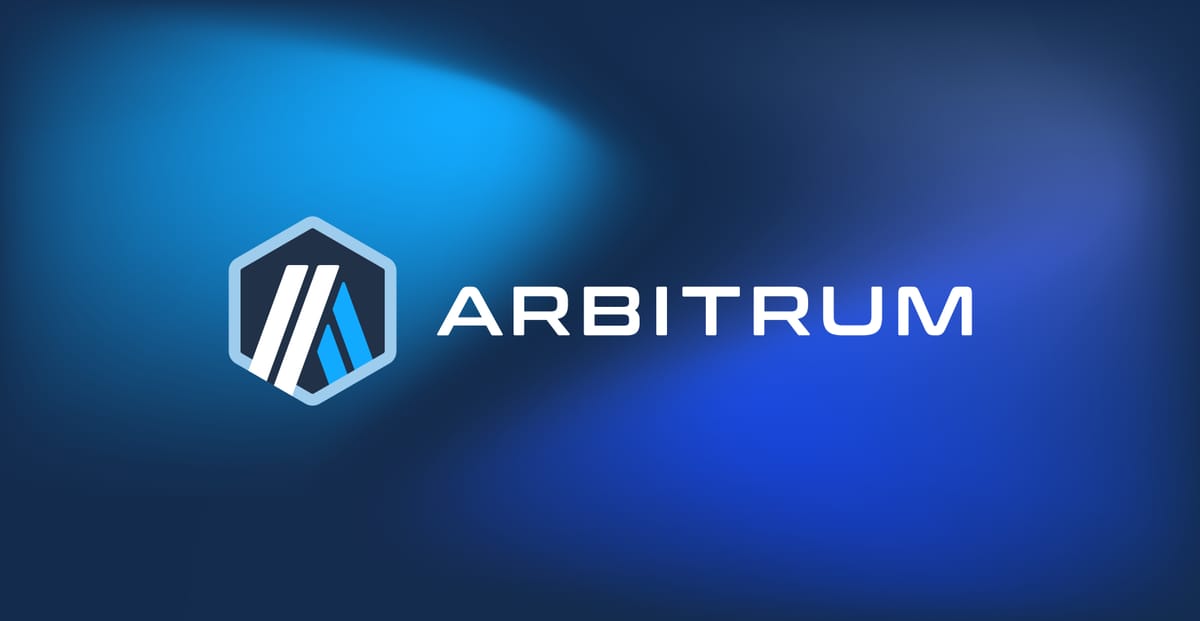A Breakdown on Stablecoins

Stablecoins have been gaining significant interest over the past few months, attracting big institutional players including PayPal, Visa, and Mastercard. But what exactly are Stabelcoins? And if you’re just an everyday human trying to get by, why should you care about this in the first place? Let’s break it down.
What are Stablecoins
To understand why stablecoins have gained so much traction, first it’s necessary to understand exactly what they are, and what role they play in the future of financial services.
Stablecoins are tokens that are issued on blockchains that are backed by real-world value. The most popular stablecoins today are pegged to the U.S. dollar. What this means is that these tokens are designed to maintain the value of $1 at all times, making it “stable” compared to cryptocurrencies which may have fluctuating prices.
Maintaining the Dollar Peg
There are many ways that stablecoins can remain pegged to their value, the four most common ways are: overcollateralized, fully collateralized, algorithmic and commodity backed. It is worth noting that The GENIUS Act was recently signed into law and will impact stablecoins.
Overcollateralized
In DeFi, stablecoins are oftentimes overcollateralized. What this means is that cryptocurrencies are locked up in a smart contract that would then let you mint stablecoins at a lesser value than the collateral. If the value of the collateral drops too far, the system will liquidate it to protect the peg. Popular decentralized stablecoins today include MakerDAO’s DAI or AAVE’s GHO.
Fully Collateralized
Fully collateralized stablecoins is rather straightforward, in that for every one dollar stablecoin issued, there is $1 in cash or highly liquid assets (such as US Treasuries) held in a reserve by the person or institution that issues it. Although this method is very common for issuing stablecoins, it requires placing trust in a third party or regulator. Common fully-collatoralized stablecoins include USDC (by Circle), PYUSD (by PayPal) and USDT (by Tether).
Algorithmic
Algorithmic stablecoins rely on specialized algorithms to ensure that the stablecoin maintains the dollar peg. This means that the supply of stablecoins would change based on the value of the currency that it tracks. Using the dollar as an example, when the market price falls below $1, the number of tokens in circulation will shrink, then when the price moves above the target, the number of tokens will increase to bring the price down. Ethena’s USDe is an example of a Algorithmic stablecoin.
Commodity Backed
Commodity backed stablecoins keep their peg by ensuring that its value is backed by assets such as gold, oil, or other commodities. Redemption rights are tied to the actual commodity, not a fiat currency. Examples of commodity-backed stablecoins include PAXG and XAUT, which are both backed by Gold.
Stablecoins in Action
There are many use cases for stablecoins. For one, traders are able to quickly move in and out of volatile assets without having to leave the blockchain, rather than relying on [tradfi], which can oftentimes be slow and expensive, converting stablecoins is a much faster process.
This benefit also translates to cross-border payments or transactions. Sending stablecoins to someone overseas can be done in seconds, and at much lower costs than traditional web2 methods, making them a valuable tool for transfers to friends and family abroad.
In the DeFi world, stablecoins act as the backbone for lending markets, they are oftentimes accepted as collateral for lending and borrowing, or for some traders, a way to earn relatively low-risk yield.
Stablecoins on Arbitrum
Arbitrum One has quickly become one of the most prominent hubs for stablecoins today. According to TransFi, as of July this year, over 2.6% of the world's supply of stablecoins (estimated $249.8 billion) is now on Arbitrum. In addition to this, in the month of July, Arbitrum was responsible for 39% of all organic stablecoin transfers across all EVM chains (with the exception of Ethereum) and 37% of all P2P USDC transfer volumes.
The chain also became the first L2 to welcome major players such as PayPal’s PYUSD into its ecosystem, signalling its growing prominence as the go-to stablecoin launchpad for DeFi innovation and real-world use.
Besides PayPal, other institutional players are also jumping onboard. This includes BlackRock’s USD Institutional Digital Liquidity Fund (BUIDL) which currently backs frxUSD, a stablecoin issued by Frax Finance and Paxos International’s USDL, which is backed by reserves of cash equivalents and U.S. Treasuries.
Regardless of whether you are borrowing, lending or bridging between chains, stablecoins have become a go-to fuel source, with Arbitrum technology acting as the engine behind it all.
The Story is Just Getting Started
Stablecoins are just one of blockchain’s many capabilities and Arbitrum shows what this looks like in action: fast, global, programmable and stable transactions for everyday users.
The door is open for the next wave of blockchain-powered innovation, and Arbitrum is proud to be at the forefront of it all.
